One of the most common questions parents have is, “How do I know what my baby should wear to bed?” It’s a valid concern—dressing your baby appropriately for the room’s temperature is critical for both comfort and safety during sleep. Babies can’t regulate their body temperature as well as adults, so what they wear at night matters more than you might think.
In this post, we’ll break down exactly what your little one should wear to bed based on the temperature of their room, plus some essential safety tips to keep in mind.
Why Temperature Matters for Baby Sleep
Babies are most comfortable when they’re neither too hot nor too cold. Overheating, in particular, can pose safety risks, including an increased chance of Sudden Infant Death Syndrome (SIDS). Conversely, being too cold can disrupt your baby’s sleep and leave them fussy. The sweet spot for a baby’s room is typically between 65-70°F (18-21°C), but every home is different.
Let’s dive into how to dress your baby for various temperatures!
Dressing Baby for Sleep with Different Temperatures
🌡️ 75°F+ (24°C+)
When the room is warm, lightweight and breathable is the way to go.
- What to wear: A lightweight onesie or just a diaper.
- Add-ons: A breathable, lightweight sleep sack.
Hot nights can make babies restless, so keeping them cool is key. Avoid overdressing—less is more in this range.
🌡️ 70-74°F (21-23°C)
Slightly cooler but still warm? Add a bit more coverage.
- What to wear: A short-sleeve onesie or lightweight pajamas.
- Add-ons: A light sleep sack for extra coziness.
This is a common room temperature, so finding the balance between comfort and coolness is important.
🌡️ 65-69°F (18-20°C)
This temperature range is considered ideal for baby sleep.
- What to wear: Long-sleeve onesie or cotton pajamas.
- Add-ons: A medium-weight sleep sack.
If you’re comfortable in this range, chances are your baby will be, too!
🌡️ 60-64°F (15-17°C)
Cooler rooms require cozier layers.
- What to wear: Long-sleeve onesie and footed pajamas.
- Add-ons: A heavier sleep sack for added warmth.
Babies’ feet and hands might feel cold in this range, but don’t let that alarm you—check their neck or chest to assess their true body temperature.
🌡️ Below 60°F (15°C)
When the room is particularly chilly, layering is essential.
- What to wear: Long-sleeve onesie, warm pajamas, and possibly a second layer like a fleece bodysuit.
- Add-ons: A thick, insulated sleep sack.
Homes with drafty windows or lower thermostat settings may require extra warmth, but avoid bulky items that could restrict movement.
Key Safety Tips
While dressing your baby for temperature is important, following safe sleep practices is non-negotiable. Here’s how to ensure your little one stays safe:
- Stick to breathable fabrics: Avoid heavy materials that could lead to overheating.
- No loose blankets or items in the crib: Use sleep sacks instead of blankets to keep your baby warm.
- Check your baby’s comfort: Feel their neck or chest to see if they’re too hot or too cold—don’t rely on their hands or feet as they’re naturally cooler.
- Monitor for overheating: Signs of overheating include sweating, flushed skin, or rapid breathing. If you notice these, adjust their layers.
Every Baby Is Different
While this post offers general recommendations, it’s important to tune into your baby’s unique needs. Some babies naturally run warmer or cooler, so adjustments might be necessary based on their comfort level. Trust your instincts as a parent!
If you’re still unsure about how to dress your baby for sleep or have questions about their sleep environment, I’d love to help. Schedule a consultation today, and let’s create the perfect sleep plan for your family.
💤 Sweet dreams and cozy nights ahead!
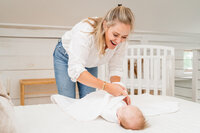






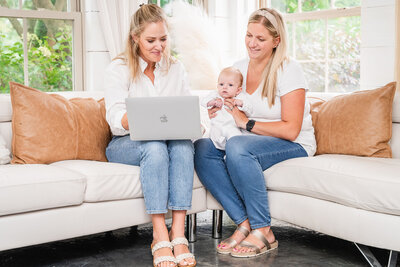
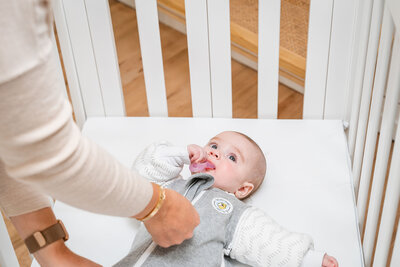
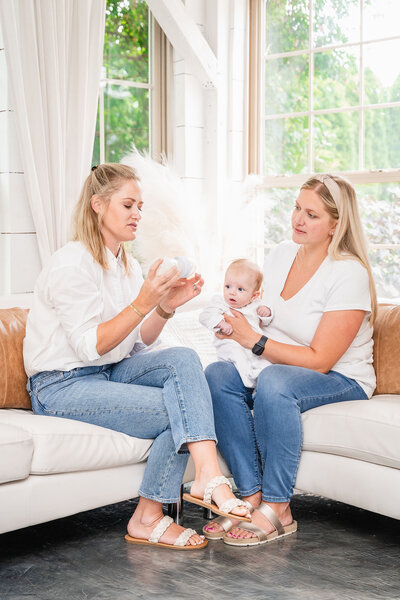
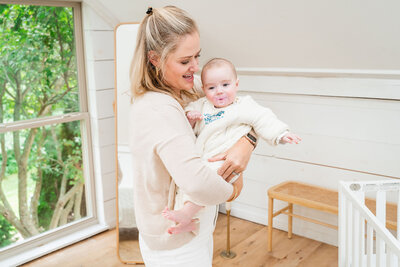

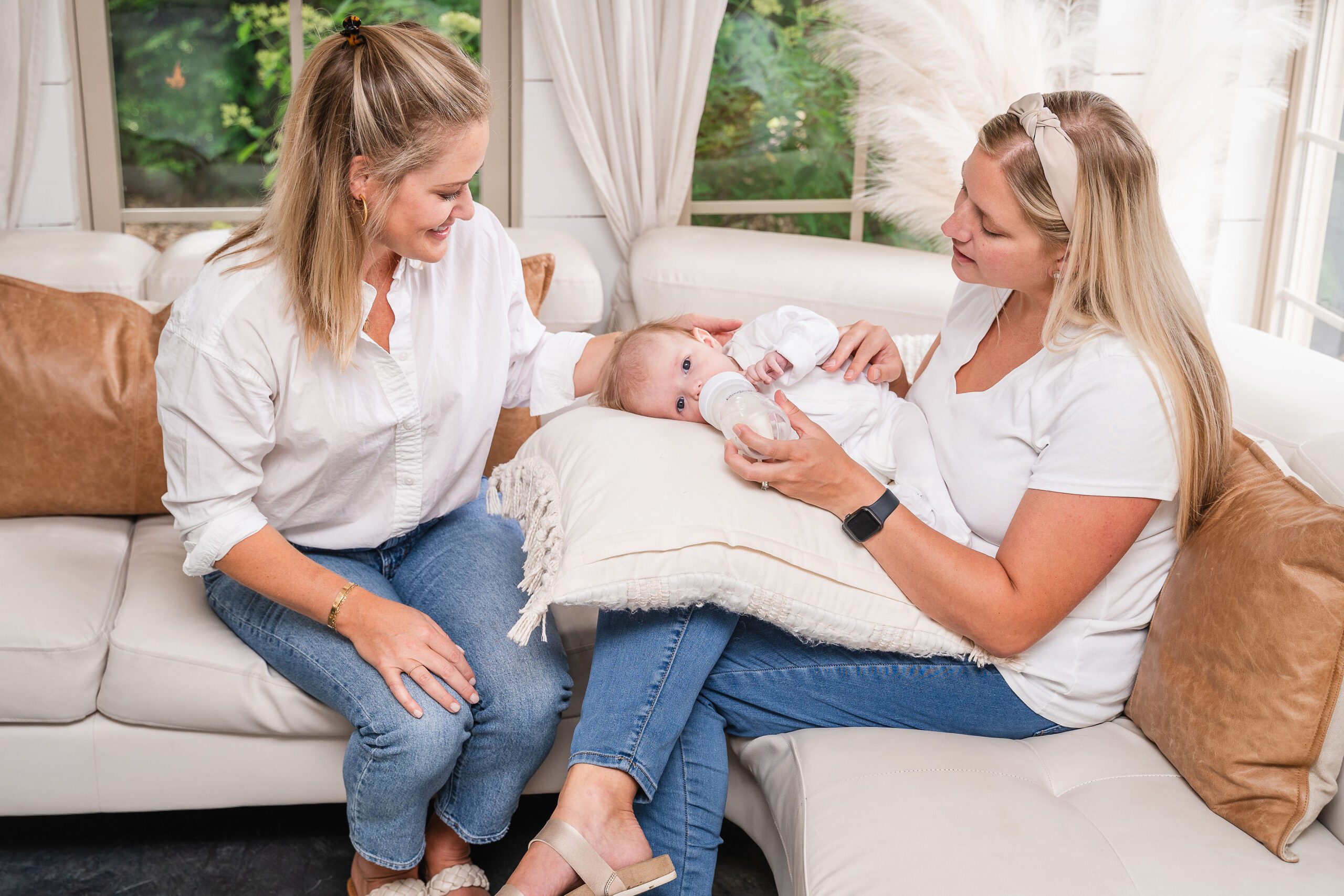
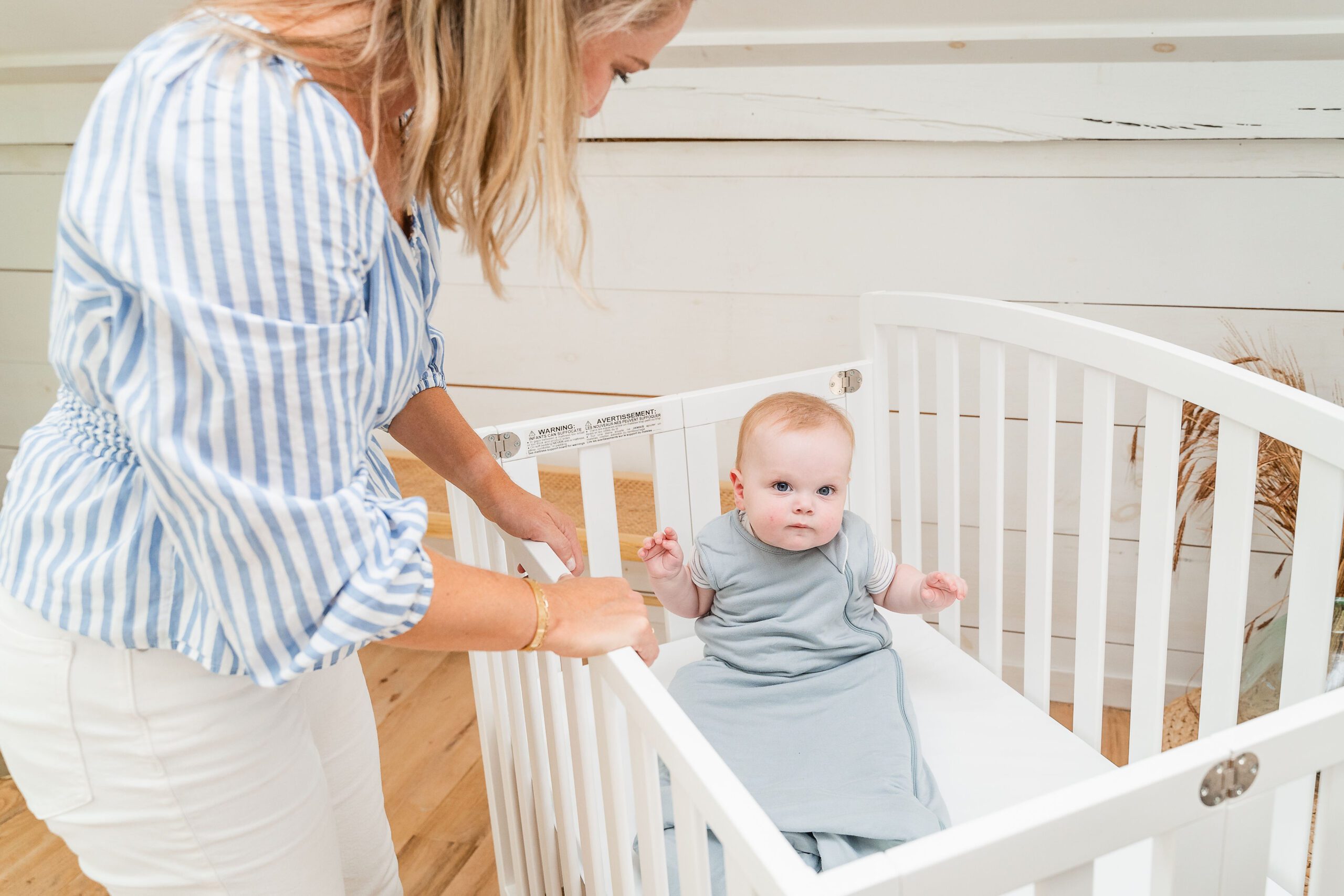
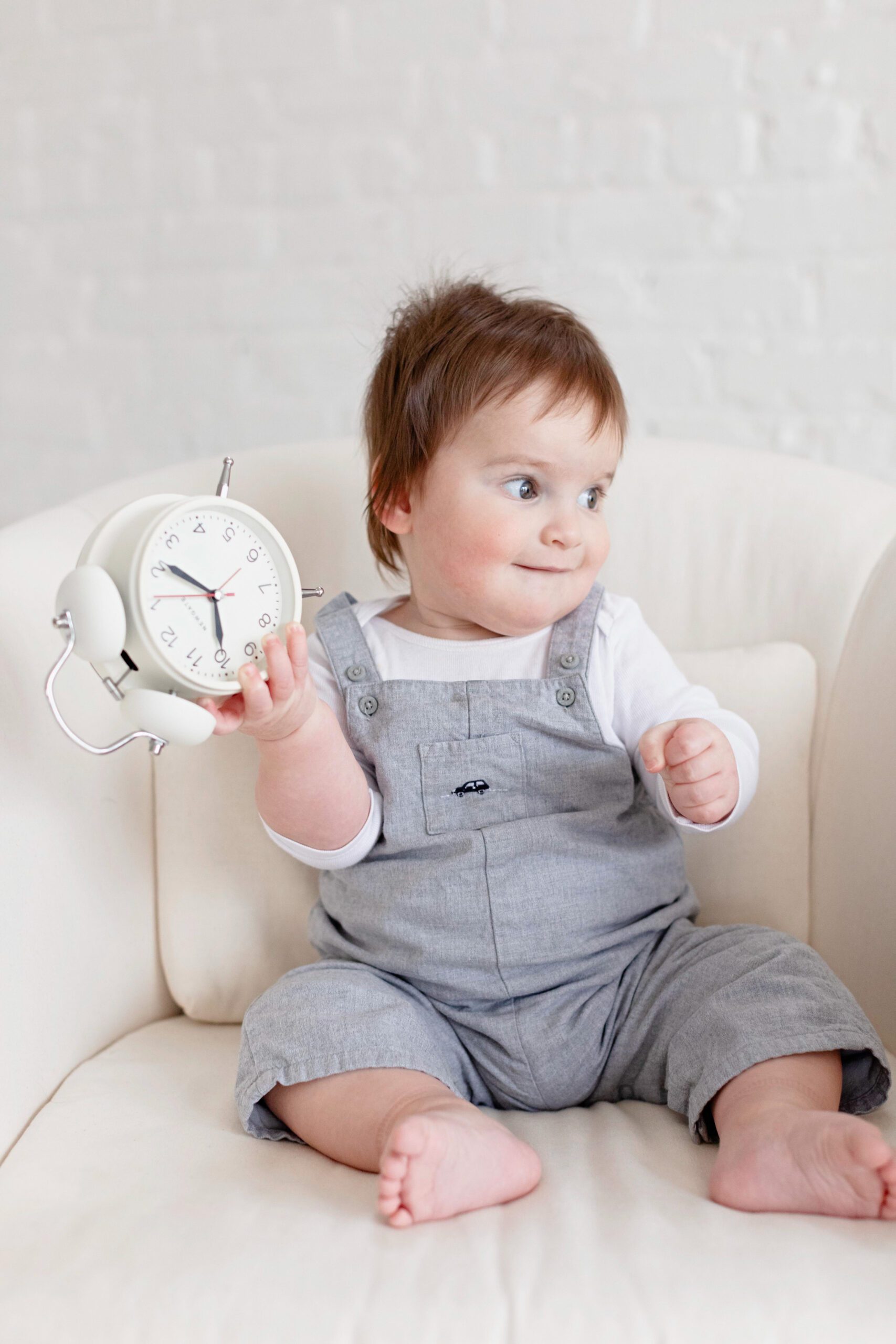
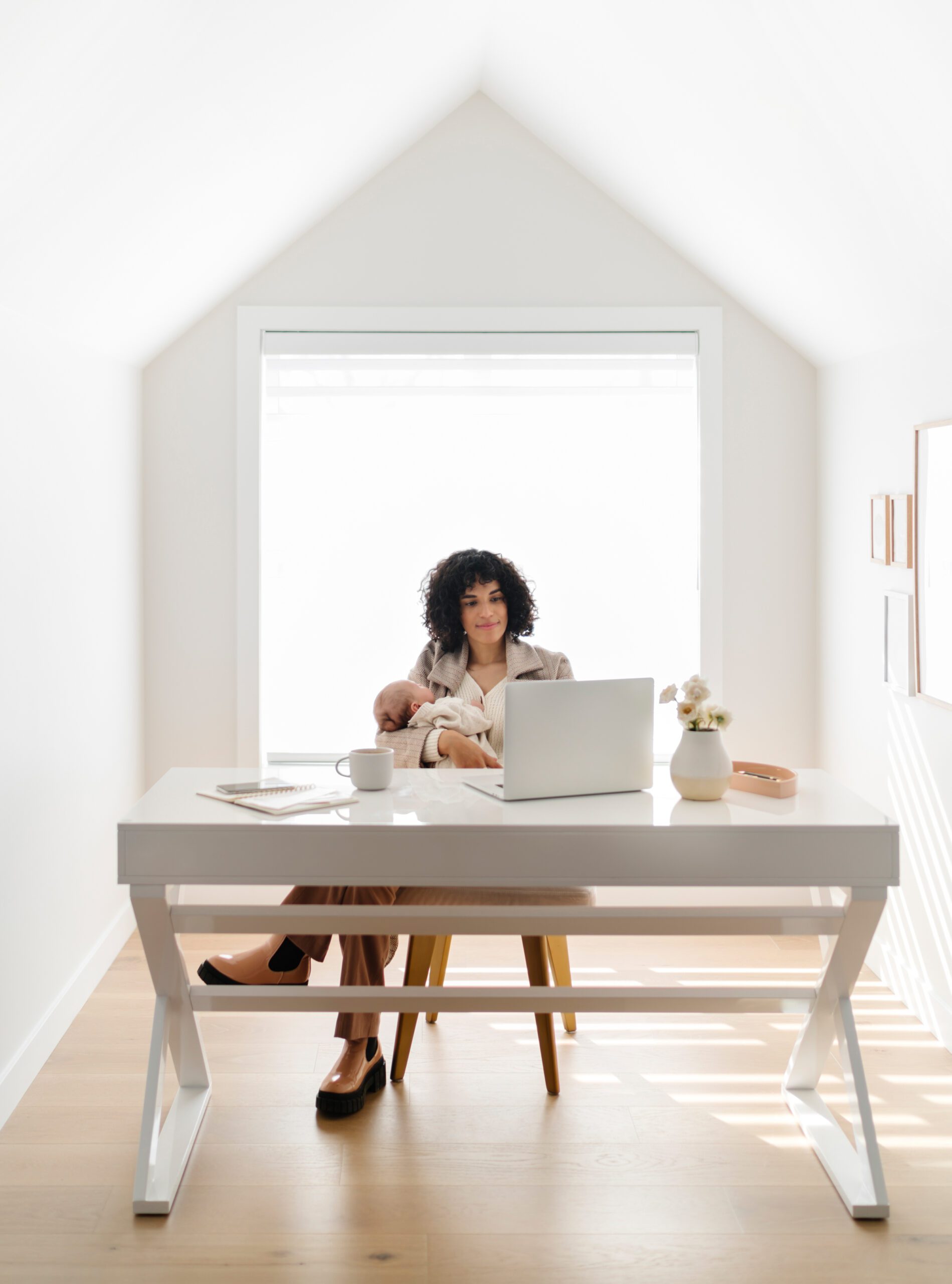
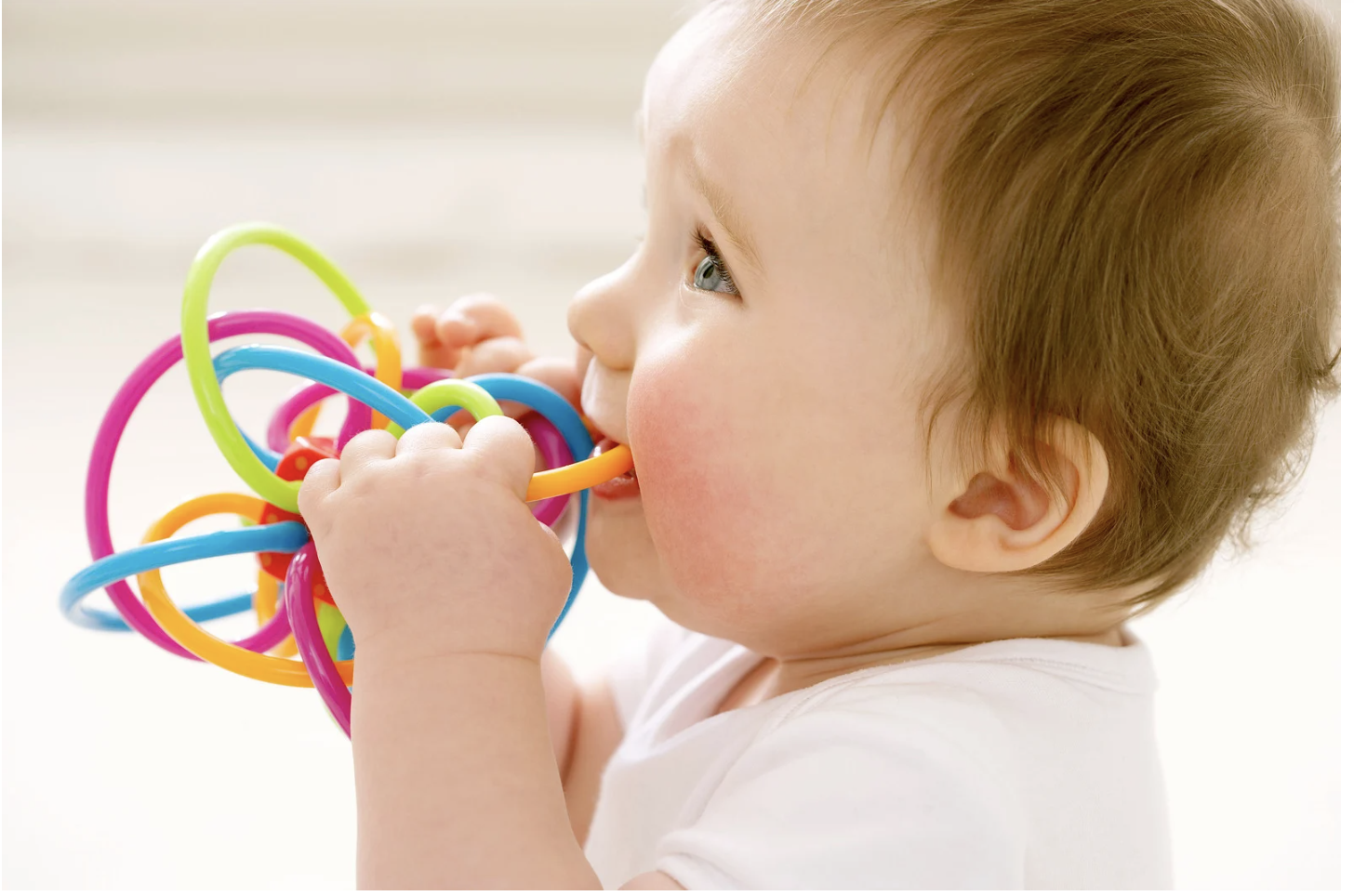
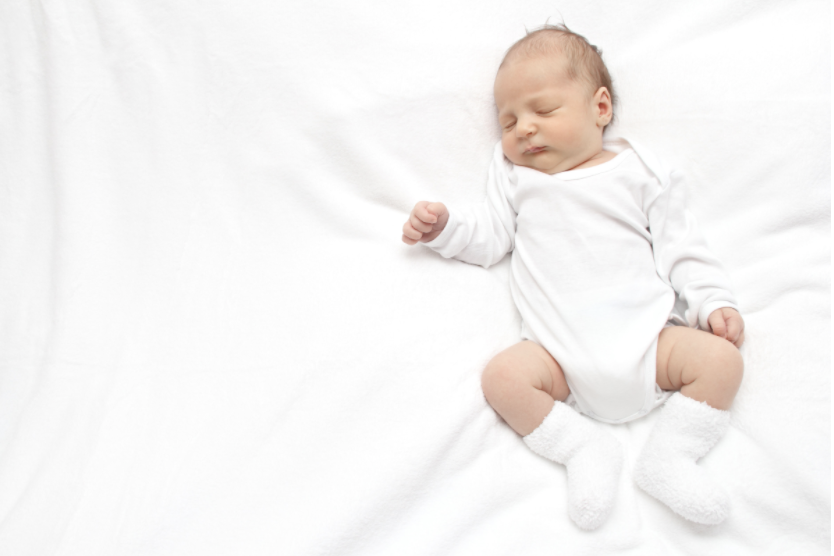


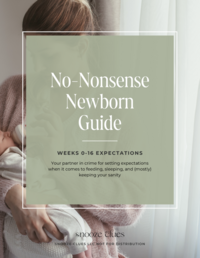
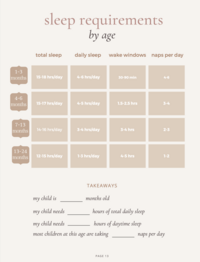
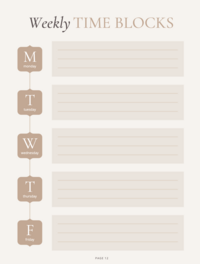
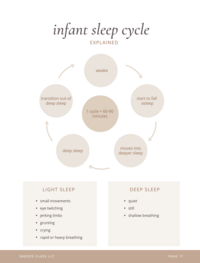



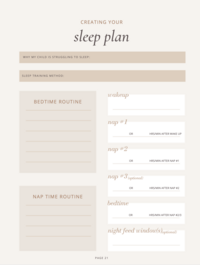
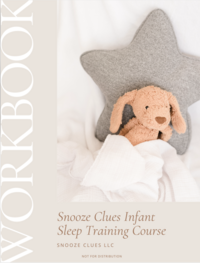
Read the Comments +